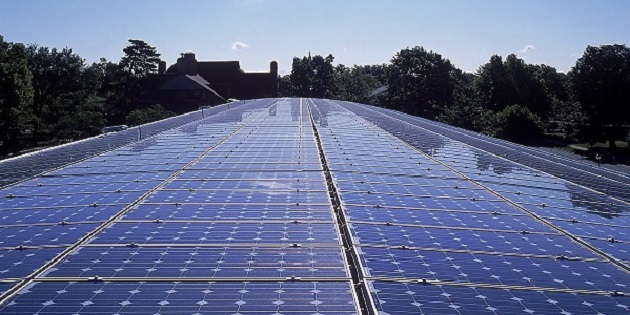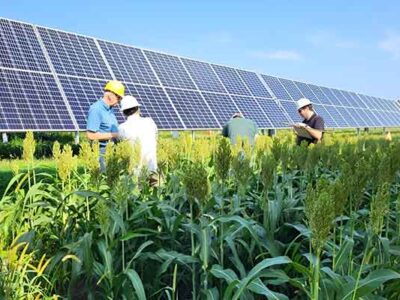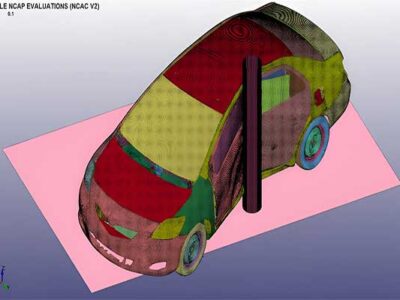This novel photovoltaic technology may significantly reduce the overall costs of solar cells made of perovskite material; and propel solar power into the marketplace.
Perovskite solar cells show tremendous promise in propelling solar power into the marketplace. The cells use a hole-transportation layer, which promotes the efficient movement of electrical current after exposure to sunlight. However, manufacturing the hole-transportation organic materials is very costly and lack long term stability.
Publishing in Science, a team of scientists in China, led by Professor Hongwei Han in cooperation with Professor Michael Grätzel at EPFL, have developed a perovskite solar cell that does not use a hole-transporting layer, with 12.8% conversion efficiency and over 1000 hours stability under full sunlight in ambient temperature. The innovation can reduce the cost of perovskite cells, and firmly propel them into the marketplace.
Hybrid organic–inorganic methylammonium lead halide perovskites have attracted intense attention for thin-film photovoltaics, due to their large absorption coefficient, high charge carrier mobility and long diffusion length. However, these cells are also costly because of the hole-transportation layer, which demands high purity materials and complicated fabrication procedures.
A team of scientists at the Michael Grätzel Center for Mesoscopic Cells of Huazhong University in China in cooperation with the Laboratory for Photonics and Interfaces at EPFL directed by Michael Grätzel have successfully manufactured a perovskite solar cell that does not need a hole-transportation layer.
The solar cell shows comparative energy conversion efficiency (12.8%) and was shown to be stable for over 1000 hours in direct sun exposure.
The scientists fabricated the new solar cell by drop-casting a solution of lead iodide, methylammonium iodide, and 5-ammoniumvaleric acid iodide through a porous carbon film. The solar cell’s scaffolding was made using a double layer of titanium dioxide and zirconium dioxide covered by a porous carbon film and amino acid templating agent was used to promote the pervoskite nucleation and crystal growth within the pores.
The resulting perovskite crystals showed much higher electrical charge generation and collection efficiency than conventional hole conductor free perovskite cells. The use of organic-hole conductor free triple layer also resulted in strikingly high stability.
Perovskite solar cells are ideally placed to meet the increasing demands for renewable energy in the future. This breakthrough innovation addresses one of their major limiting factors, and paves the way for a new, cost-effective branch of development in this type of solar cell.
Publication Reference:
A. Mei et al: A hole-conductor-free, fully printable mesoscopic perovskite solar cell with high stability. Science, 2014 — Link

















Comments